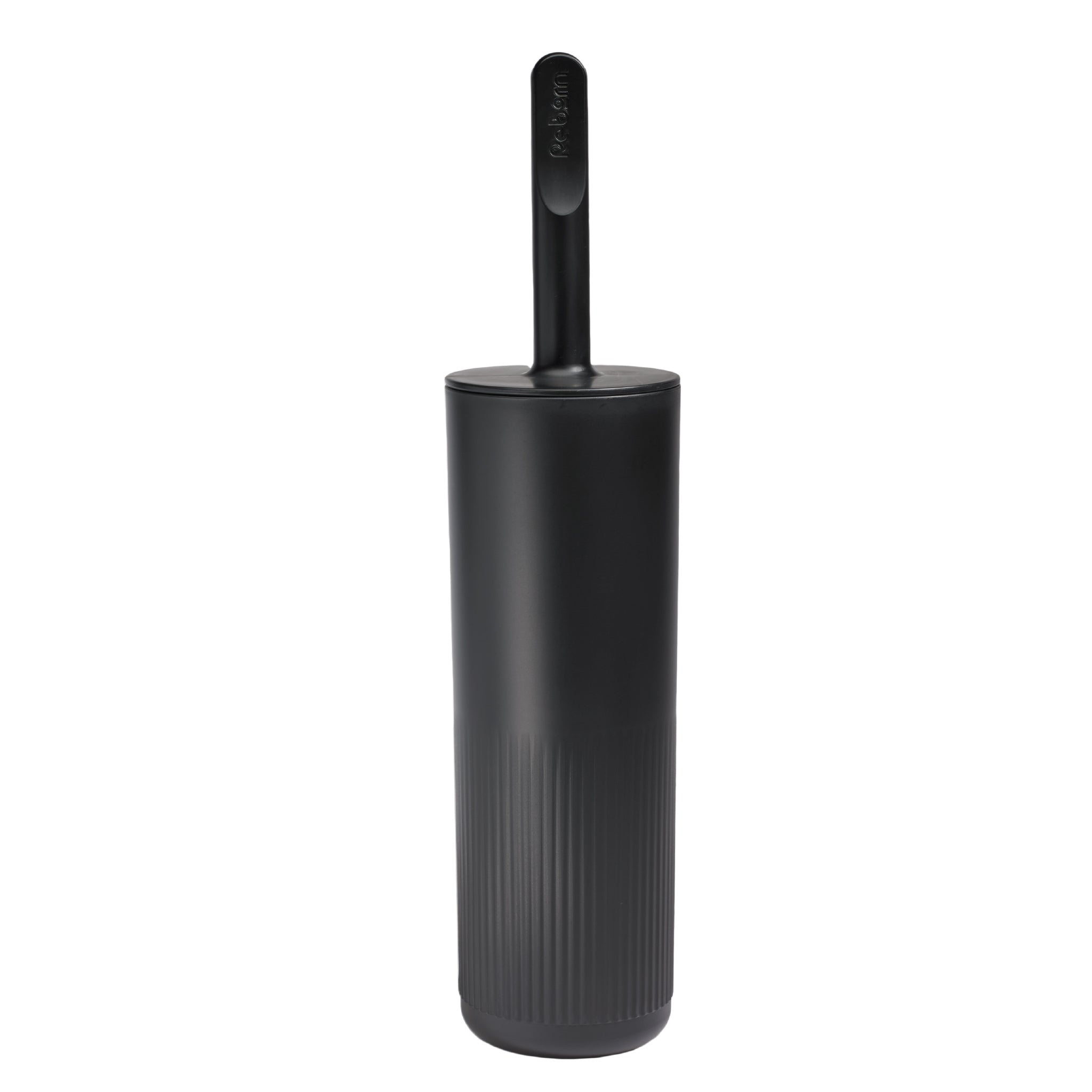WASHING TIPS
It sounds like common sense, but the first thing to do is to separate dark clothing from the whites to prevent colour bleeding. Garments often come with their very own garment laundry recommendations sewn into their seams, so it’s best always to follow the laundry recommendations and machine wash and iron items per the recommended temperature. Always, always resist the urge to wash dry clean items and instead send them off to the dry cleaners.
Denims should be washed by turning them inside out to prevent colour fading. Wash denims in cold water, or the delicates cycle of the machine.
Delicates should be handwashed in cold water and baby soap. You can also turn on the delicates cycle of your washing machine, using a delicates bag and a mild delicates detergent. Wools should always be washed in your washing machine’s wool cycles, and use a special wool detergent.
It’s good to forego using the dryer and hang clothes to dry instead. Air drying ensures that your clothes don’t wear out quicker, or the colours to fade, and most importantly, it prevents fabric shrinkage. You’ll also be doing your bit saving electricity and caring for the environment! Plus sunlight is also a natural disinfectant and deodorizer so it’s best to take advantage of good weather or a small drafty section of your house.
STAIN REMOVAL TIPS
Attend to stains and spillages immediately, so the stains do not set. Depending on the type of stain, your tools on taking them off will vary. Rubbing a bit of dishwashing liquid and washing the fabric on a hot cycle can take off oil and greasy stains. For blood stains, a paste of salt and cold water rubbed into the stain should do the trick. Ink stains can be taken off by dabbing on the stain with an alcohol-based product, such as hairspray or rubbing alcohol. Red wine stains can even be tackled with salt, vinegar or even white wine!
Of course, there are commercial stain removal sprays available that are kind enough for cotton and synthetic blends. Simply spray and leave on for the recommended time, and wash as per garment instructions. For delicate or dry-clean items only, it’s probably best to leave it in the capable hands of your local dry cleaner.
STORAGE TIPS
Invest in some wooden hangers, instead of wire or plastic ones, because they’re better in retaining the shape of items such as jackets and coats.
Knits are better off stored folded in drawers, as hangers will mess up their shoulder shape and can stretch them in length unnecessarily. While knits are best folded up, denims are better stored hanging in the closet, as denim is a breathable fabric.
For other items, folding up clothing is easy, if you follow the seams of your clothing. Practice makes perfect. Here’s a handy video to show you the basics: https://www.youtube.com/watch?v=GPt8Z18WZnw
Remember to take out items ASAP from those plastic dry cleaning bags, as you want the fabrics to breathe. It’s also amazingly simple to forget not to cram too many hangers in your closet. You’d want the fabrics once again to breathe, plus it will be easier for you to see your clothes and decide what to wear!
MENDING TIPS
Debobbling knits is easy by investing in a pilling brush and five minutes of your time. A good clothes brush and lint roller is also essential for catching those mites of dust and lint on suit jackets and coats, and I often give my clothes a once-over with a rolling brush before stepping out the door.
Of course, it’s good to know a few simple sewing techniques to do a simple darn or replace a button. For bigger mends or tears, it’s best to go to your local tailor, who can even alter a piece of high street clothing to suit your shape or height, and make it a more customised piece of clothing!




















